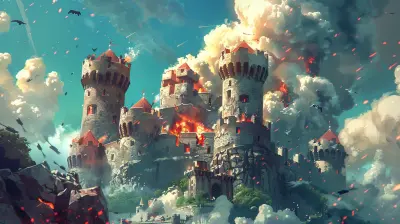How Crowdfunding is Changing the Indie Game Scene
19 July 2025
Indie games have always been the little engine that could in the gaming industry. They're bold, quirky, and unafraid to color outside the lines. But let’s be real: making a game isn’t cheap. It’s not like you can find stacks of cash under your couch cushions or roll up to a bank and say, “Hey, I’m making a pixel art RPG about time-traveling cats. Care to fund it?” That’s where crowdfunding comes in, and boy, has it shaken things up.
Crowdfunding is more than just asking strangers to throw money at your big idea. It’s like hosting a virtual pep rally where fans go, “Heck yeah, we want this game to exist!” Over the past decade, it’s gone from being a quirky alternative to mainstream funding to a major force that’s redefining how indie games are made, marketed, and played. So grab your favorite snack, and let’s dive into how crowdfunding is changing the indie game scene.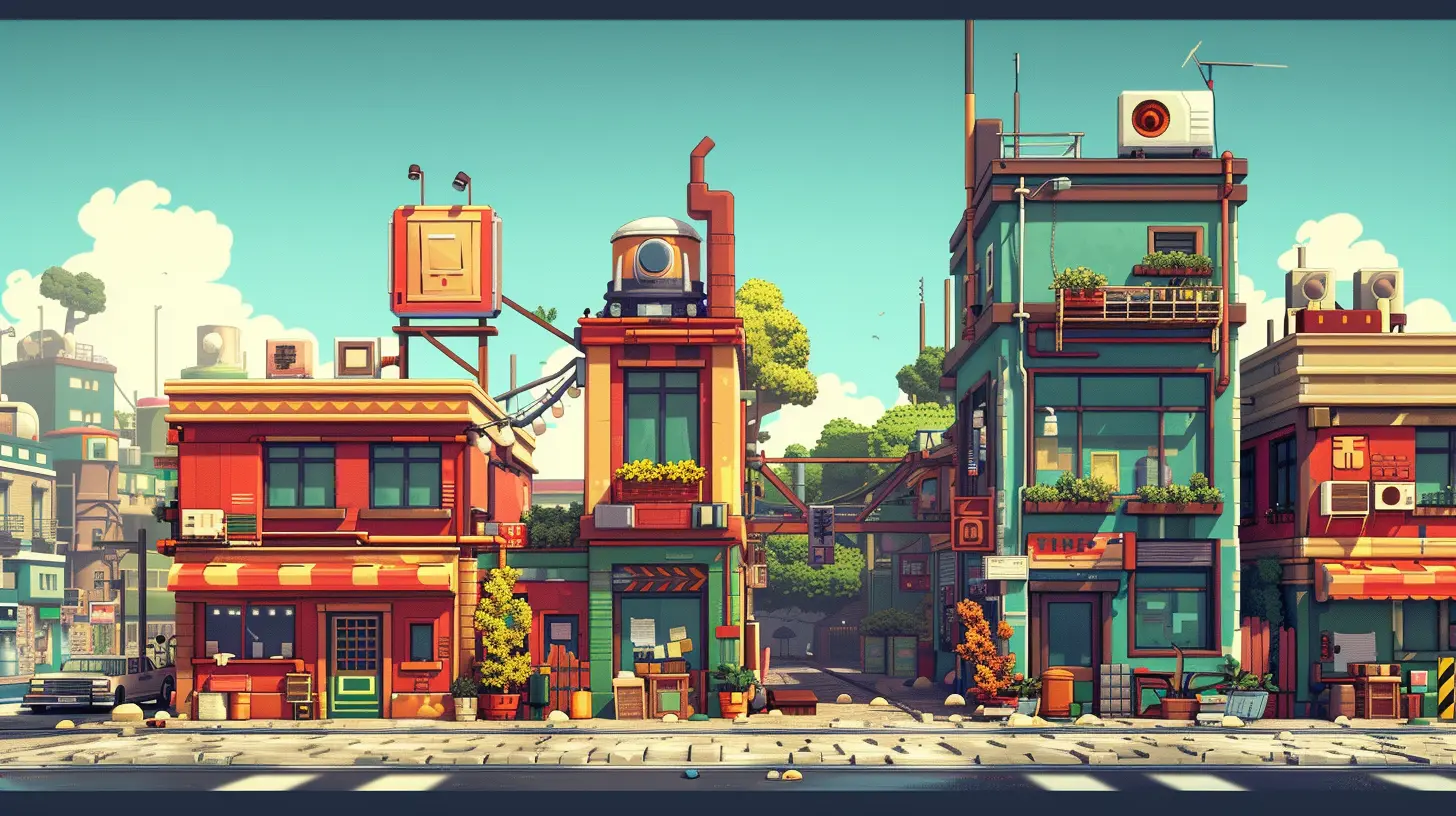
What is Crowdfunding Exactly?
First things first: what’s the deal with crowdfunding? In simple terms, it’s when creators raise small amounts of money from a large group of people—usually on platforms like Kickstarter, Indiegogo, or Patreon. Think of it like passing around a hat at a party, but instead of funding your pizza craving, it fuels dreams.For indie game devs, crowdfunding is a lifeline. You pitch your game idea to the internet and offer incentives—like behind-the-scenes updates or exclusive content—in exchange for financial support. Backers feel like part of the journey and, in return, developers get the funds they need to create their masterpiece. It’s a win-win.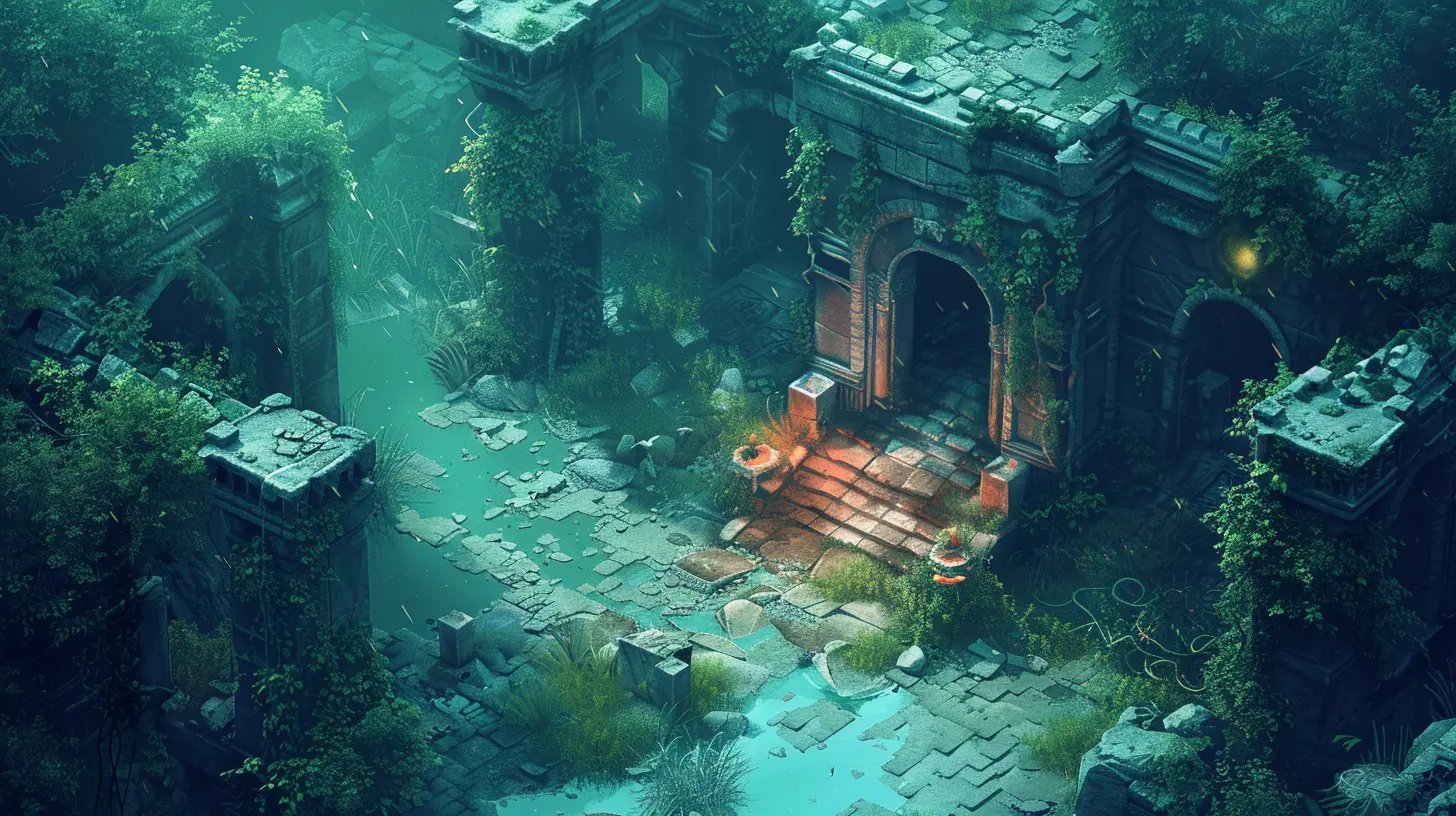
The Old Days of Indie Game Development
Once upon a time, indie game developers had it rough. Making a game is like building a house: you need tools, time, and patience (and probably some duct tape for when things break). For indies, these resources were hard to come by. Devs either burned through their savings, took out risky loans, or worked their butts off while holding down a day job.The odds of success were slim. Marketing budgets? Forget it. Publishers? Not interested in your weird 2D farming sim (jokes on them, though—Stardew Valley stole the show). Basically, unless you were a coding wizard with deep pockets, breaking into the gaming scene was like climbing Everest without a map.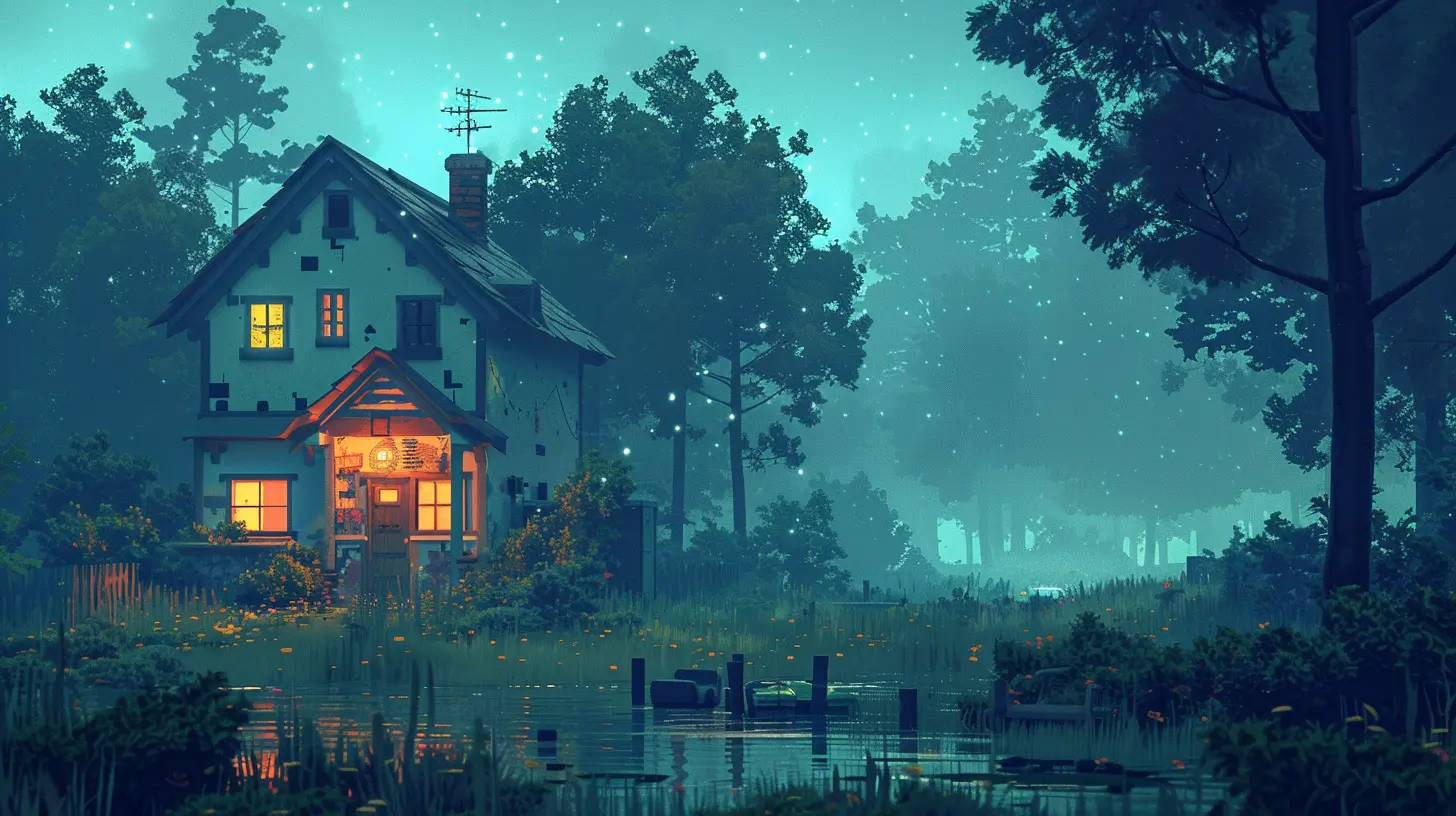
How Crowdfunding Turned the Tables
Enter crowdfunding, the gaming community’s knight in shining armor. Suddenly, indie developers didn’t have to beg publishers for scraps or gamble with their financial futures. Instead, they pitched their games directly to players—the people who actually cared.This direct connection flipped the script. Fans became investors who weren’t just funding a game; they were fueling dreams. Crowdfunding gave developers the power to focus on what really mattered—making the game—and empowered gamers to shape the products they wanted to play.
A Platform for Creativity
One of the coolest things about crowdfunding? It opens doors for wildly creative ideas. Traditional publishers often play it safe, banking on sequels and trends. But players? They’re hungry for something fresh. Crowdfunding lets developers take risks with games that might never survive in a shareholder meeting.Want an example? Look at Undertale. In 2013, Toby Fox raised over $50,000 on Kickstarter for his quirky RPG. Fast forward a few years, and it’s become a cultural phenomenon. Crowdfunding helped Undertale thrive because fans believed in its offbeat charm—even when the suits didn’t.
Building Communities, One Backer at a Time
Crowdfunding isn’t just about raising money; it’s about building a community. When gamers back a project, they become part of the journey. They follow updates, celebrate milestones, and share feedback. It’s like joining a club where everyone’s hyped about the same thing.Developers, in turn, benefit from this connection. Early feedback can shape game mechanics and storylines, ensuring the final product resonates with players. Plus, word-of-mouth from backers creates buzz, which is basically free advertising. It’s like having your own personal hype squad.
Breaking Down Barriers
Crowdfunding also levels the playing field. Big-budget studios have the cash to churn out glossy AAA titles, but indie developers? They’ve got heart. Crowdsourced funding puts small teams on the map, giving them access to tools, platforms, and exposure they could only dream of before.For example, Shovel Knight by Yacht Club Games started out as a Kickstarter project in 2013. Backers rallied behind its retro vibe and tight gameplay, raising over $300,000. The game went on to become one of the most beloved indie titles of all time. Without crowdfunding, would it have seen the light of day? Probably not.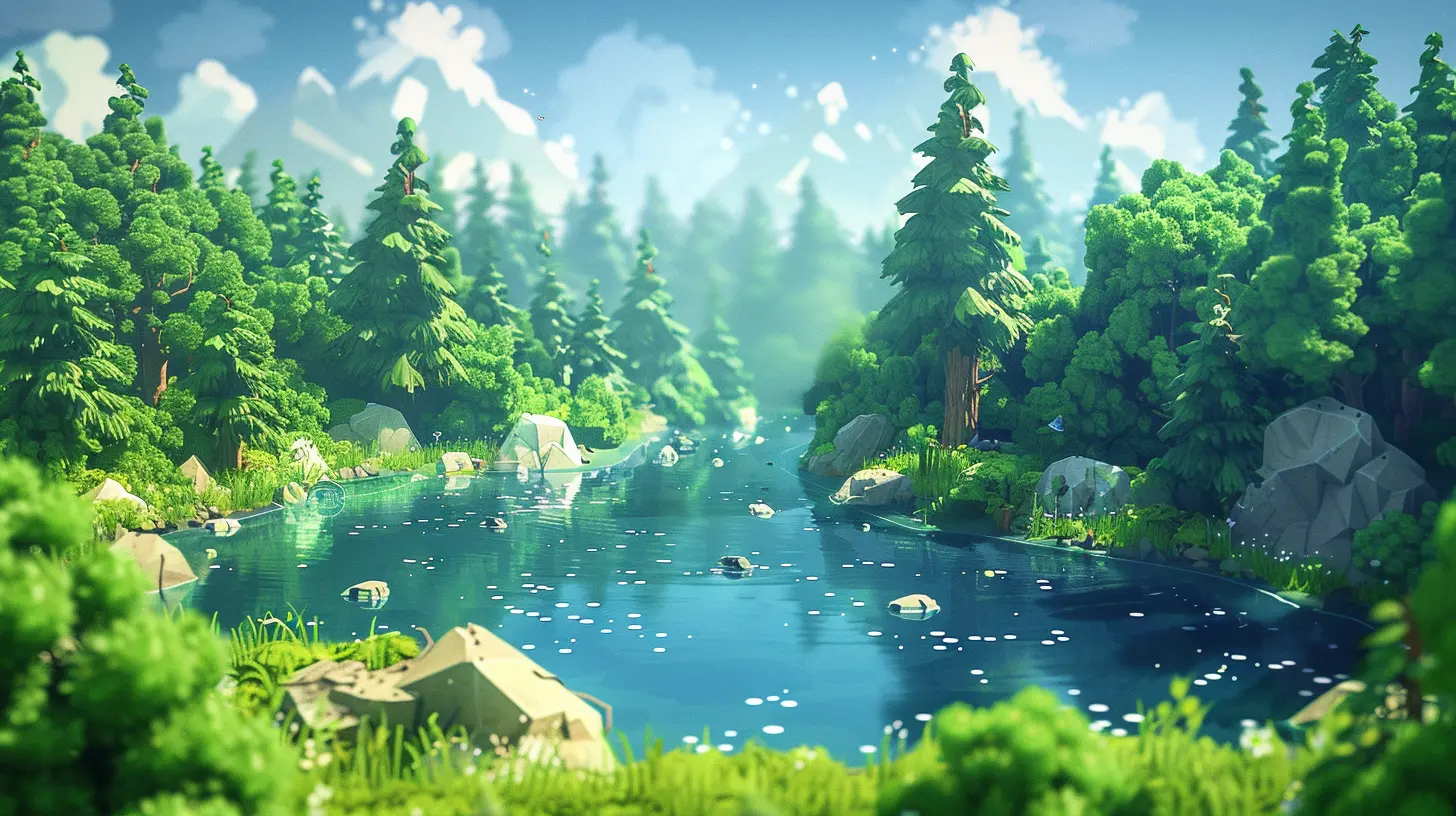
The Risks of Crowdfunding
Of course, crowdfunding isn’t all sunshine and rainbows. It’s a bit of a double-edged sword. For every success story, there’s a cautionary tale of over-promising and under-delivering. Sometimes, projects go way off course. Deadlines are missed, budgets spiral out of control, or the final game just doesn’t match backers’ expectations.Take Mighty No. 9, for example. The spiritual successor to Mega Man raised over $4 million, but delays and quality concerns left fans feeling burned. It’s a reminder that crowdfunding is a leap of faith—for both developers and backers.
The Pressure is Real
Developers also face intense pressure. Once the campaign ends, the clock starts ticking. Backers expect results, and delivering a polished game is no small feat. Juggling development, updates, and PR can be overwhelming, especially for small teams.Then there’s the emotional toll. Crowdfunding is public by nature, so when things go wrong, backlash can be brutal. Social media is an amplifier, and angry fans don’t hold back. The stakes couldn’t be higher.
The Future of Crowdfunding and Indie Games
So, what’s next? Crowdfunding has already reshaped the indie game landscape, and it’s not slowing down. Platforms like Kickstarter and Patreon continue to evolve, giving creators new ways to connect with fans.In the future, we might see even more innovative funding models, like blockchain-based crowdfunding or hybrid approaches. Who knows? Maybe one day, you’ll back a game using crypto or earn in-game rewards for your support. The possibilities are endless.
One thing’s for sure: crowdfunding has made indie games more accessible and diverse than ever before. It’s a force that empowers developers and players alike, proving that passion can triumph over big budgets.
Final Thoughts
If you’ve ever backed a game on Kickstarter or thrown a few bucks at an indie dev on Patreon, you’ve played a part in this revolution. Crowdfunding is changing the way games are made, one pledge at a time. It’s putting the power back in the hands of creators and fans, and honestly? That’s pretty magical.Indie games are no longer scrappy underdogs struggling to compete. They’re bold, innovative, and thriving thanks to the support of passionate communities. So next time you stumble upon a crowdfunding campaign for a game that speaks to your soul, consider backing it. You’re not just funding a game—you’re fueling a dream.
all images in this post were generated using AI tools
Category:
Indie GamesAuthor:

Emery Larsen
Discussion
rate this article
2 comments
Zedric Wade
Great insights on the impact of crowdfunding in the indie game scene! It's exciting to see how these platforms empower developers and foster creativity. Looking forward to witnessing the evolution of this dynamic landscape.
November 13, 2025 at 3:45 PM

Emery Larsen
Thank you! I'm glad you found the insights valuable. It's indeed an exciting time for indie developers and their creativity!
Zayne Wolfe
Exciting times ahead for indie devs! Crowdfunding is a game-changer, unlocking creativity and fresh ideas. Let the adventures begin!
July 28, 2025 at 3:51 AM

Emery Larsen
Absolutely! Crowdfunding is empowering indie devs to unleash their creativity and bring innovative ideas to life. Exciting times indeed!
